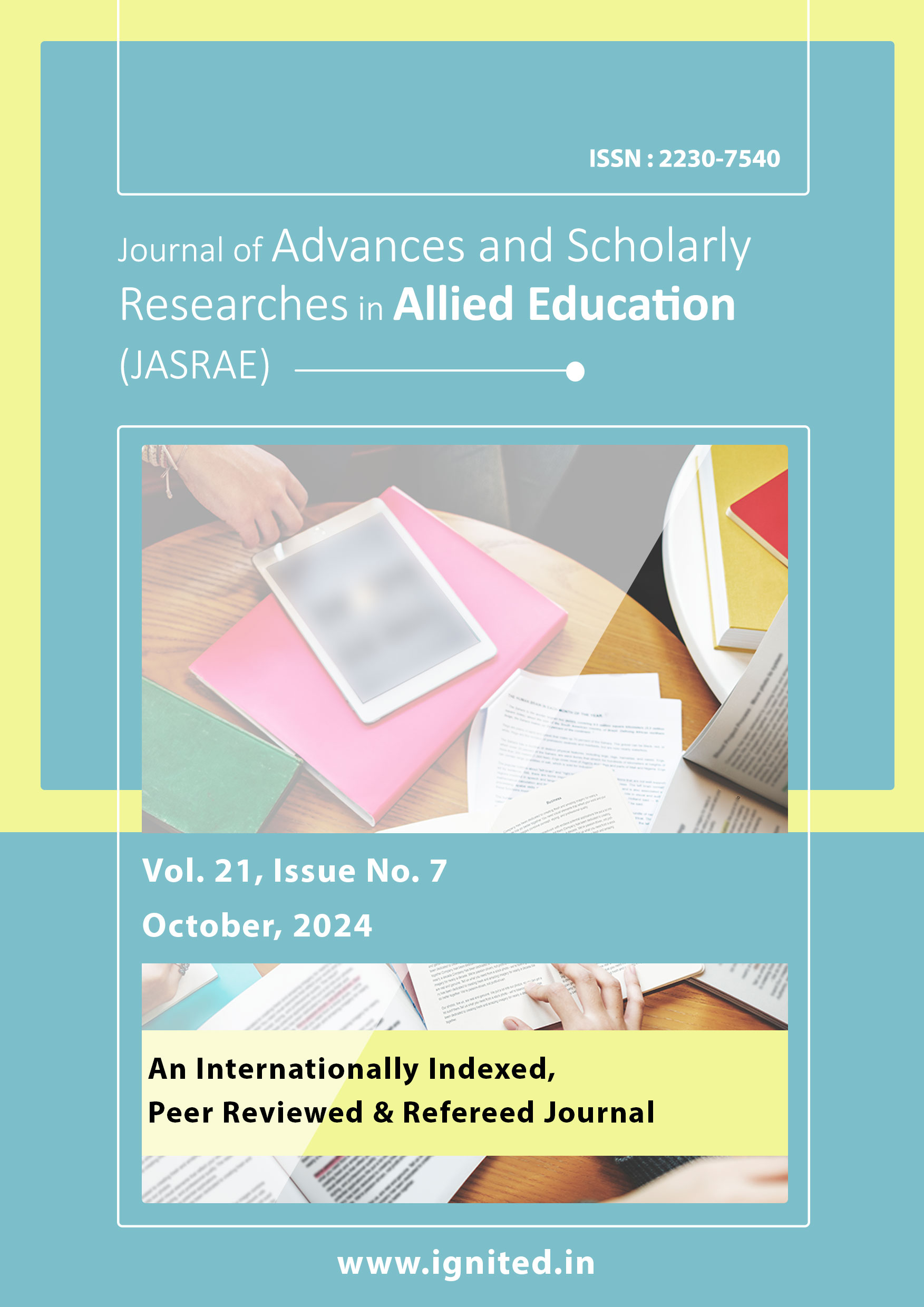Comparative Analysis of Flipped Classroom Vs. Traditional instruction IN Social Science Education
DOI:
https://doi.org/10.29070/kbdmfr38Keywords:
Flipped classroom, traditional classroom, social sciencesAbstract
As part of an Action Research project, this research aims to investigate how students see the flipped classroom (FC) method of instruction, in which traditional classroom instruction takes a back seat to students' independent study outside of class. In order to do this, a 13-week curriculum was devised to include multimedia technologies into writing courses for pupils. Information was gathered via a final survey, students' ongoing self-reflections, and teachers' field notes based on observations. The researchers set out to determine if and how flipped classrooms would improve students' grasp of social science in upper-level secondary education. The efficacy was determined by the use of the experimental research approach. An experimental investigation using a pre- and post-test comparable group design was conducted. There was a random selection of sixty students from the History III group.
References
Joan Paltinca et.al “Flipped Instruction as a Method of Teaching Science in Grade 10 “Vol. 8 No. 1 (2022): St. Theresa Journal of Humanities and Social Sciences
Guy, Retta & Marquis, Gerald. (2016). Flipped Classroom: A Comparison Of Student Performance Using Instructional Videos and Podcasts Versus The Lecture-Based Model Of Instruction. Issues in Informing Science and Information Technology. 13. 001-013. 10.28945/3461.
İşçi, Tuğçe & Yazici, Kubilay. (2023). The Effect of the Use of the Flipped Learning Model in the Social Studies Course on the Students' Academic Success and Higher-Order Thinking Skills. International e-Journal of Educational Studies. 7. 46-64. 10.31458/iejes.1216865.
Hotle, Susan. (2015). Effects of the Traditional and Flipped Classrooms on Undergraduate Student Opinions and Success. Journal of Professional Issues in Engineering Education and Practice. 142. 05015005. 10.1061/(ASCE)EI.1943-5541.0000259.
Chen, Yongyi. (2022). The Influence of the Traditional Teaching Approach Transfer to Flipped Classroom Approach on Dyslexia. 10.2991/assehr.k.211220.059.
Baris, S. , & Melih, E. (2020). Using traditional or flipped classrooms to teach “vascular access skill”: A pilot study to investigate the impact of the flipped classroom approach on students' competencies. Social Science Journal, 09/18, 1–14. 10.1016/j.soscij.2019.09.002
Brown, F., (1983). Principles of Educational and Psychological Testing. Third edition, NY: Holt, Rinehart & Winston. Chapter 11.
Brunsell, Eric & Horejsi, Martin. (2011). Flipping your classroom. Science Teacher. 78.
Cabi, E. (2018) The Impact of the Flipped Classroom Model on Students' Academic Achievement. Internation-al Review of Research in Open and Distributed Learning, 19. https://doi.org/10.19173/irrodl.v19i3.3482.
Danuri, Norazmi & Dwee, Chiew & Jamari, Suzilla & Samad, Nurzarina. (2017). Exploring Student Engagement in Writing using the Flipped Classroom Approach. Pertanika Journal of Social Science and Humanities. 25. 663-674.











